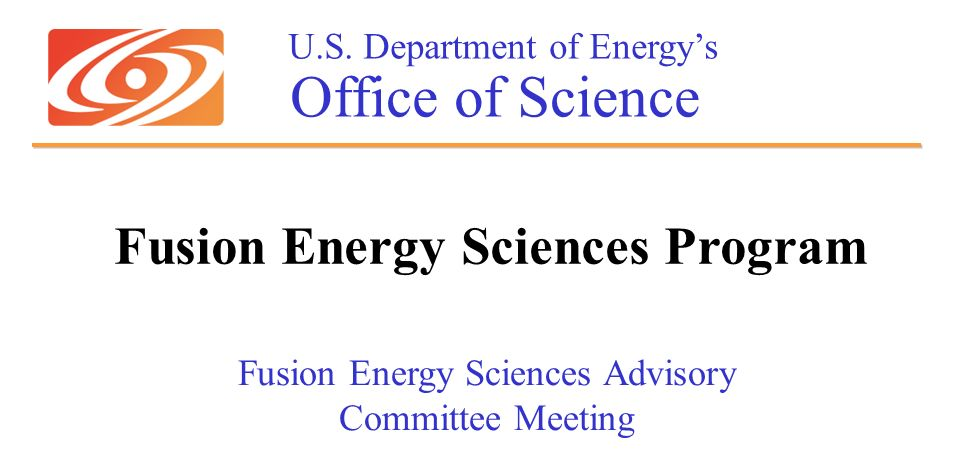Part 2 of 2 Parts (Please read Part 1 first)
In 2018, the U.S. Department of Energy (DoE) asked the Fusion Energy Science Advisory Committee (FESAC) to develop a long-range strategy to develop fusion as an energy source. The committee discussed this directive with many researchers in the fusion community. The committee issued their report last December which received broad-based support.
In addition to recommending the construct of a pilot nuclear fusion power plant, the committee suggested that experimental facilities to better understand plasma science and technology. At the extremely high temperatures required for nuclear fusion, electrons are separated from atoms of a gas and a plasma forms. Fusion energy requires the formation and manipulation of hot plasmas in the core of the reactor.
General Atomics (GA) serves as a contractor for the DoE. Advancements in plasma science and fusion energy generation have been made at the DoE DIII-D National Fusion Facility by GA. At the DIII-D there is a donut-shaped metal vacuum chamber referred to as a tokamak surrounded by super powerful magnets. Fuel consists of hydrogen isotopes which are converted into a plasma by heating the fuel to more than one hundred and fifty million degrees Fahrenheit.
Major progress in fusion research is expected at ITER which is a multi-billion-dollar international project under construction in France. The U.S. is one of the global partners in the ITER project. General Atomics is supplying one of the key pieces of equipment needed at ITER. ITER is expected to begin operation in December of 2025. Unfortunately, ITER will not capture any of the energy it produces to generate electricity. It is hoped that ITER will help pave the way for the construction of fusion reactors that will produce electricity. The FESAC report calls for using what is learned at ITER to advance the U.S. quest for fusion energy generation.
The report of FESAC said, “Now is the time to move aggressively toward the deployment of fusion energy.” The report was unanimously endorsed by the twenty-two members of the committee. The report pointed out that the U.S. risks falling behind other countries actively engaged in fusion research. However, it did not give any estimate for the pilot fusion plant that it was recommending be constructed. It also made no suggestions with respect to a site for the proposed plant. Solomon commented that the committee was not ready to project costs or sites. He said, “There are very wide ranges of opinions about how much a particular facility might need to cost or what its particular mission should actually entail, so we decided not to go down that path.”
The report will now go to the Fusion Energy Science office of the DoE. The office will analyze the recommendations and decide what should be implemented and what funding requests to make to Congress. Solomon said that the report has received “positive feedback” from staffers on Capitol Hill. In a few days, President-elect Joe Biden will be inaugurated. He has nominated the former Michigan Gov. Jennifer Granholm as the new Secretary of Energy. The consideration of the fusion project in the report will be passed to the new staff of the DoE.
Solomon said “Fusion has generally had strong bi-partisan support. And given that the new administration has indicated an interest in addressing climate change and the like, I would hope and expect that this should receive continued support.”
